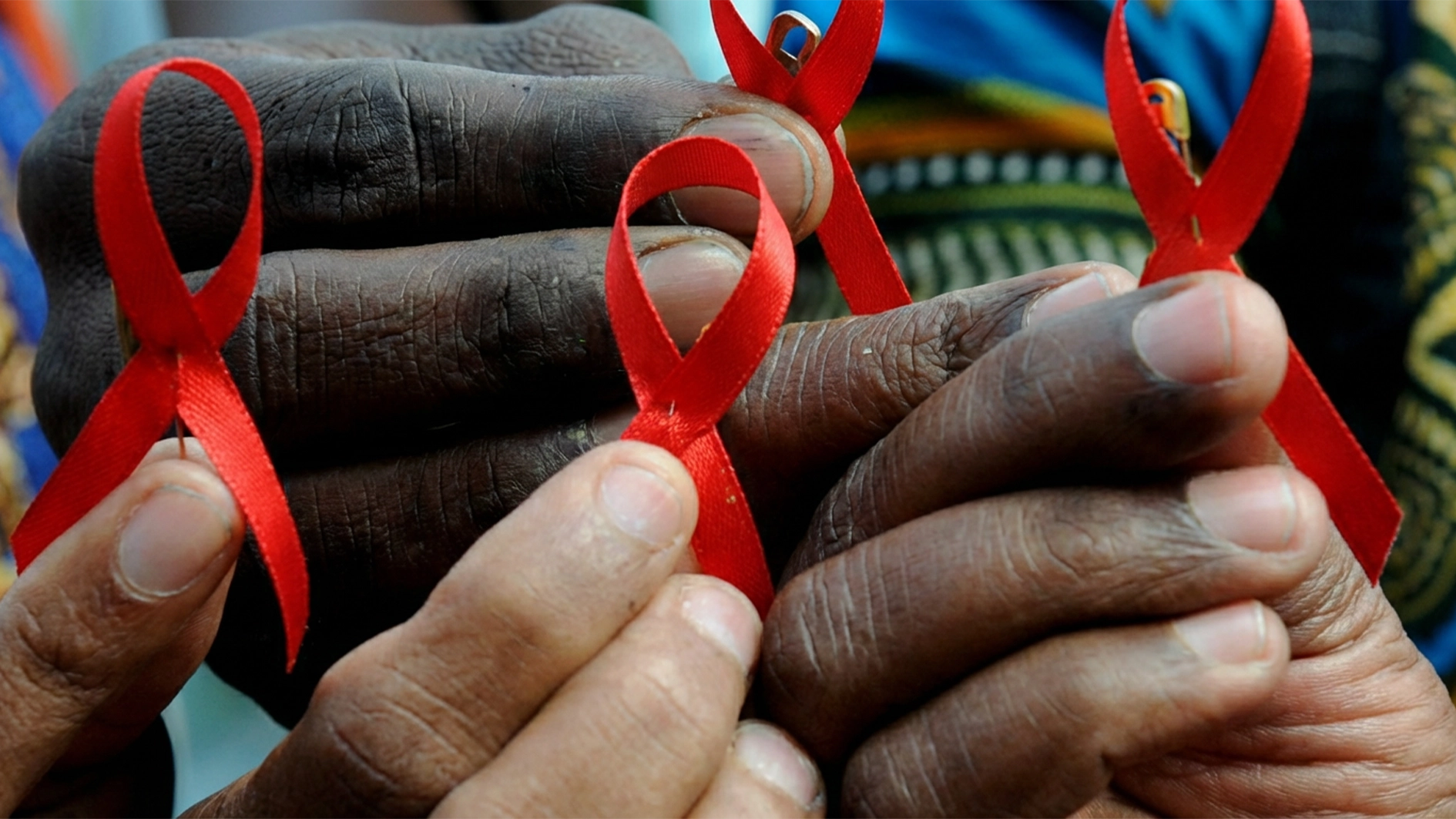
According to a recent study published in the journal Nutrients and titled “Dietary Natural Products for Prevention and Treatment of Liver Cancer”, accumulating evidence suggested that many dietary natural products could be potential sources for the prevention and treatment of liver cancer.
The following are notable for their potential anti-hepatoma properties, including grapes, black currant, plum, pomegranate and the isolated flavonoids, tannins, proanthocyanidins; cruciferous vegetables (isothiocyanates), French beans (lectins), tomatoes (lycopene and tomatine), asparagus (polysaccharides and saponins); garlic (organo-sulphur compounds), turmeric (curcumin), ginger (6-shogaol and 6-gingerol); and soy, rice bran, and polysaccharides from edible macro-fungi.
The researchers led by Prof. Yue Zhou of Sun Yat-Sen University, Guangzhou, China, concluded: “These dietary natural products and their active components could affect the development and progression of liver cancer in various ways, such as inhibiting tumor cell growth and metastasis, protecting against liver carcinogens, immune-modulating and enhancing effects of chemotherapeutic drugs.
In the future, attention should be paid to the isolation of active compounds, the illustration of action mechanisms, bioavailability, potential toxicity and adverse effects, and more studies are required concerning the clinical efficacy of dietary natural products and their bioactive components.”
Several studies have shown that, globally, liver cancer is the second most common cause of cancer death, accounting for more than 700,000 deaths every year. Hepatocellular carcinoma (HCC) is the major type of liver cancer (70 per cent–80 per cent), followed by intrahepatic cholangiocarcinoma.
The main risk factors for liver cancer are hepatitis B/hepatitis C virus infection, alcohol consumption, aflatoxin B1 and metabolic disorders. Liver cancer is usually an aggressive malignancy associated with poor prognosis, and the five-year survival rate is estimated to be less than nine per cent.
Surgical interventions including liver resection, liver transplantation and percutaneous ablation are regarded as the most effective approach with curative potential for liver cancer. Unfortunately, due to numerous lesions, and extra-hepatic metastasis, only about 20 per cent of liver cancer patients are suitable for surgery. On the other hand, chemotherapeutic drugs for liver cancer are limited, and Sorafenib is the most common prescription.
The large phase III trials demonstrated that Sorafenib could improve overall survival and time to progression. However, its clinical benefits remain modest, and it was reported that Sorafenib was useful for around 30 per cent of patients and drug resistance developed within six months. Furthermore, problems such as hepatotoxicity, recurrence, drug resistance and other adverse effects exist in current therapeutics, which urge researchers to find an alternative treatment.
Diet plays a pivotal role in cancers. Epidemiological studies suggested that decreased overall cancer risks might be correlated with regular intake of a high-fibre, low fat diet accompanied by significant consumption of fruits and vegetables. Therefore, dietary natural products could provide novel and fascinating preventive or therapeutic options for liver cancer.
Researchers have found a variety of anticancer effects of dietary natural products, such as inhibiting tumour cell growth and metastasis, protecting against liver carcinogens, and immuno-modulating and enhancing the effects of chemotherapeutic drugs.
Furthermore, many dietary natural products displayed selective inhibition against cancer cells. This discrimination is very important for liver cancer treatment since the majority of patients suffer from severely compromised liver function or liver cirrhosis and cannot afford further losses of normal liver cells.
Grape
Grape products are well-recognised healthy dietary components against many pathophysiologic processes. Stilbenes, anthocyanins, and procyanidins, which are abundant in grape skin, seeds and red wines, have been reported to possess strong antioxidant and anti-inflammatory properties.
A team isolated two fractions (TP-4 and TP-6) from grape cell culture with strong chemo-preventive properties in an in vitro human DNA topoisomerase II assay. TP-6, the procyanidin-rich fraction, selectively inhibited cell viability of HepG2 cancer cells, yet caused no toxicity to normal PK15 pig kidney cells. Liver cancer is enriched with blood vessels, and angiogenesis plays a key role in cancer metastasis and relapse.
The treatment of grape procyanidin in a liver cancer xenograft model exerted anti-angiogenic activity in a dose-dependent manner by suppressing the proliferation of vascular endothelial cells. Researchers also suggested a possible anti-carcinogenic use against HCC for grape seed extracts from winery waste. The seed extract treatment in HepG2 cells induced DNA damage, enhanced NO production, p53 upregulation and a significant decrease in total PARP expression, thus promoting apoptosis.
Black currant
Black currant (Ribes nigrum L.) fruits are widely consumed and are known to possess strong antioxidant and anti-inflammatory activities due to high content of anthocyanins (250 mg/100 g fresh fruit), which have been suggested to have potent anti-tumour properties.
Utilising HepG2 cells, an in vitro study found that the anthocyanin-rich fraction of black currant significantly inhibited cell proliferation.
Plum
Immature plum (Prunus salicina Lindl.) fruits contain high contents of natural phenolic phytochemicals, which may be effective dietary natural antioxidants and preventive agents of cancer. A team found that pretreatment of immature plum extracts in rats alleviated the carcinogenicity of benzo(α)pyrene (B(α)P) by upregulating the synthesis of enzymes implicated in detoxification.
Cruciferous vegetables
Epidemiological studies suggested a favourable role of high-consumption vegetables, such as cruciferous vegetables, tomatoes and legumes, in cancer risks, particularly of the digestive tract. According to a recent meta-analysis, the intake of vegetables was inverse.
Many species from the Cruciferae family are widely cultivated and consumed vegetables. Epidemiological studies pointed out the consumption of cruciferous vegetables, such as cauliflower, broccoli, watercress and Brussel sprouts, with low risks of various cancers. This anticancer effect has been attributed to the high contents of glucosinolates and isothiocyanates in cruciferous vegetables.
French Bean
A study evaluated the antiproliferative activities of aqueous extracts from aerial parts of French beans (Phaseolus vulgaris). The extracts at 400 and 800 mg/mL displayed potent antioxidant activities, and also suppressed the growth of HepG2 cells by 57 per cent and 74 per cent, respectively.
Tomato
It was reported that tomato contains an average of 11.6–14 mg/kg lycopene. The compound is an unsaturated carotenoid with high antioxidant activity, which has been reported to modulate cell proliferation, differentiation, and apoptosis.
Beside lycopene, tomatine, a glycoalkaloid contained much higher in green tomatoes than the red ones, may also possess anti-tumor properties.
In vivo study indicated that anti-tumour effects of tomatine acted through a different mechanism, including induction of antigen-specific cellular immunity and direct destruction of cancer cell membranes. A commercial tomato glycoalkaloid tomatine (10:1 mixture of α-tomatine and dehydrotomatine) exerted dose-dependent inhibition against HepG2 cancer cells and was reported to be more potent than the anticancer drug doxorubicin. These findings suggested that consumers might also benefit from eating high-tomatine-containing green tomatoes.
Asparagus
Asparagus (Asparagus officinalis L.) is a popular vegetable often used in soups, salads and vegetable dishes. Several studies revealed numerous pharmacological activities associated with A. officinalis, such as anti-inflammation, anti-mutagenicity, and cytotoxicity. Polysaccharides, steroidal saponins and flavonoids extracted from the plant were suggested to be main constituents responsible for its bioactivities.
Asparagus polysaccharide has been clinically adopted to treat various cancers including breast cancer, leukemia, and lung cancer.
Momordica charantia lectin (MCL) is a type II ribosome-inactivating protein derived from bitter gourd, a vegetable and traditional herbal medicine in China. Perilla frutescens L. is widely used for its pleasant aroma and the leaves are eaten as a delicious vegetable. Ingredients extracted from the plant, including rosmarinic acid, caffeic acid and apigenin were reported to exert antiproliferative activities against a wide range of cancers.
A study evaluated the antioxidant activity, contents of total phenolics, anthocyanin and chlorogenic acid, and in vitro anticancer capacity of potatoes. Among the tested samples, Solanum pinnatisect, which possessed the highest antioxidant activity, also showed the strongest antiproliferative effects against liver cancer cells. It was suggested that the glycoalkaloids from potatoes possessed anti-tumour abilities.
Celery (Apium graveolens L.) is frequently used as vegetable worldwide. Its seeds, possessing potent antioxidant and anti-inflammatory abilities, are traditionally used to treat liver indurations. The phytochemical analysis reported that the main bioactive constituents in celery seeds were apigenin, linamarose, and vitamins A and C. Pretreatment of rats with celery seed extracts dose-dependently suppressed chemically induced hepatocarcinogenesis as evidenced by reduction of γ-GT positive foci.
Garlic
Epidemiologic evidence suggested that high consumption of garlic protected against various cancers. Organo-sulphur compounds (OSC), such as alliin, allicin, diallyl disulphide, diallyl sulphide, allyl mercaptan, and S-allylcysteine, were reported to be major ingredients with anti-tumour properties in garlic. A team evaluated the anti-tumour activities of a unique garlic preparation, namely aged garlic extract in rats.
The preparation inhibited diethylnitrosamine-induced preneoplastic lesions in the liver, presumably by slowing the proliferation rate of liver cells. It is known that immune functions are usually deficient in advanced-cancer patients. A clinical trial of patients with advanced cancer in the digestive system (84 per cent were liver cancer) reported that the aged garlic extract had a positive effect on natural-killer cell activities.
Turmeric
Turmeric (Curcuma longa L.) is a popular spice in Asia, especially in India. In HBV X protein transgenic mice, Curcuma longa extracts led to less visceral fat, a lower ratio of liver to body weight and delayed pathogenesis.
Since HBV infection plays a key role in the development and progression of liver cirrhosis and HCC, the spice may be a good candidate against HBV-related liver cancer. Curcumin is a yellow pigment from Curcuma longa with numerous bioactivities including antioxidant, anti-inflammatory and anticancer activities. In an in vivo study, curcumin demonstrated anticancer activity against chemical-induced hepatocarcinogenesis.
The administration of curcumin reduced hyperplastic nodule, liver damage markers, body weight loss and hypoproteinemia in the liver of diethylnitrosamine/phenobarbital-challenged Wistar rats. The protective effects of curcumin against liver cancer also involved the enhanced degradation of hypoxia-inducible factor, and curcumin could promote apoptosis of Hep 3B cells.
Ginger
It was reported that ginger could be a promising candidate for cancer prevention. In a chemical-induced liver cancer rat model, 50 mg/kg daily treatment of ginger significantly reduced serum liver cancer markers (α-fetoprotein, CEA), as well as liver tissue growth factors. The inhibition of inflammation and promotion of apoptosis were implicated in the protection of ginger against liver cancer.
Soy
The decreased cancer risks of Asian population traditionally eating a soy-based diet have been associated with the abundant soy isoflavones with antioxidant activities, especially daidzein and genistein.
Cereals
Rice bran is a byproduct of rice milling. In a study, gastrointestinal-resistant peptide hydrolysates prepared from rice bran were fractionated into different sizes. Trypan blue dye exclusion assay showed that fractions significantly suppressed the growth of HegG2 cells in vitro.
The byproduct is also a source of phytic acid, which has been reported to possess anticancer abilities. Phytic acid from rice bran could dose-dependently suppress HepG2 cancer cell proliferation with an IC50 of 2.49 mmol/L. The growth inhibition was correlated to enhanced apoptosis as shown by upregulated capase-3/-9, Bax and p53. Pigmented rice usually contained more bioactive compounds, such as flavones, phenolics, tannin, tocopherols and sterols.
Corn is a widely cultivated economic crop. Polysaccharides from corn silk exerted anti-tumor effects and extended the survival time of H22 hepatoma-bearing mice. The enhanced immune function, as evidenced by an increase of IL-2/-6, and TNF-α, peripheral white blood cells counts, and thymus and spleen index following the polysaccharides treatment might delineate these anti-tumour activities
.






